- About us
- Photogallery
- Shooting Experiences
- Shooting courses
- E-shop
- Team building
- Shooting ranges
- Museum
- Contacts
Beretta M38/49 submachine gun
The Beretta M 38/49 submachine gun was developed by Pietro Beretta, an Italian arms manufacturer, and was produced between 1942 and 1950. The designer Tullio Marengoni set about modifying the existing M38 submachine gun to meet the new requirements of the army. The result was a compact submachine gun with a number of modifications that increased its effectiveness and reduced production costs. The submachine gun was of 9 mm calibre and had an overall length of 800 mm, with a barrel measuring 216 mm. The weight of the weapon was 3.26 kg, and 4.03 kg with a full magazine. The barrel had six right-hand grooves, which ensured a stable flight of the projectile. The muzzle velocity was 381 m/s, and the theoretical cadence was 550 rounds per minute. The Beretta submachine gun was massively exported after the end of the war, especially to countries such as Syria and Pakistan. Its reliability and performance made it a popular weapon even after the end of the Second War.
After the end of World War II, models known as the M38/49 were produced. These differed in their smooth barrel without ribbing and also in the lighter breech and shorter recoil spring. This variability allowed the weapon to be adapted to different needs and requirements.
Related guns
-

STEN Mk. II Submachine Gun
-

STERLING L2A3 submachine gun
-
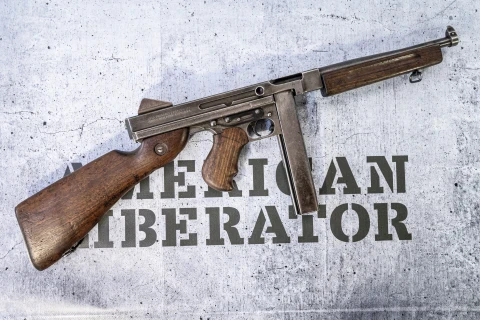
Thompson M1A1 submachine gun
-
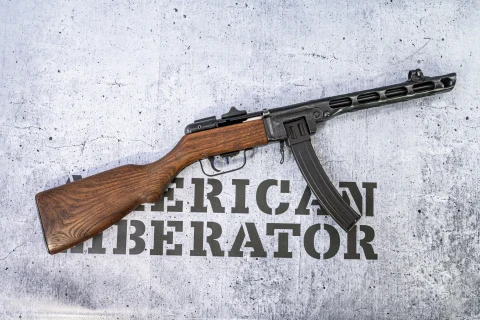
PPSh-41 submachine gun
-
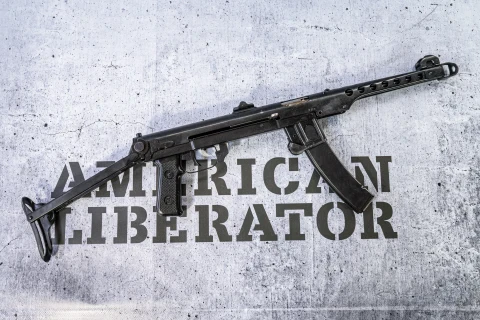
PPS-43 Sudajev submachine gun
-

UZI-S submachine gun
-

IMI MICRO UZI Submachine Gun
-
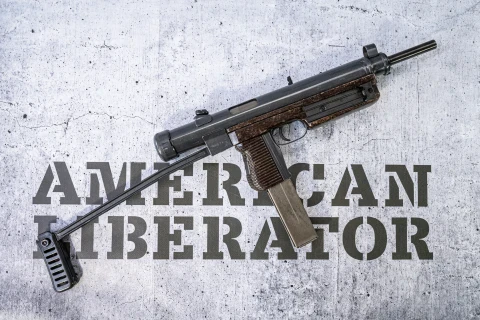
VZ. 26 submachine gun
-
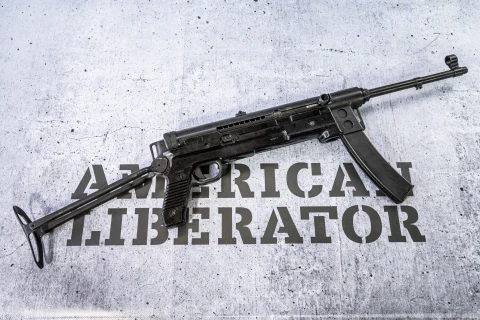
ZASTAVA M56 Submachine Gun
-
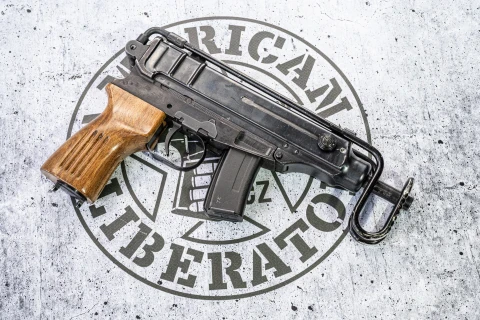
Scorpion vz. 61 submachine gun
-
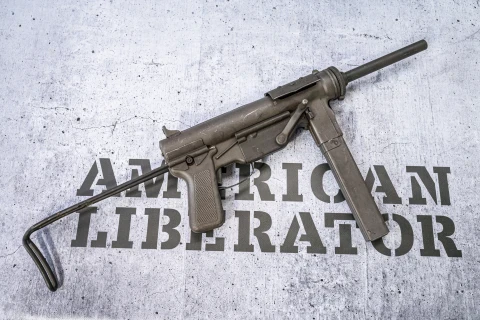
M3 Grease Gun submachine gun
-
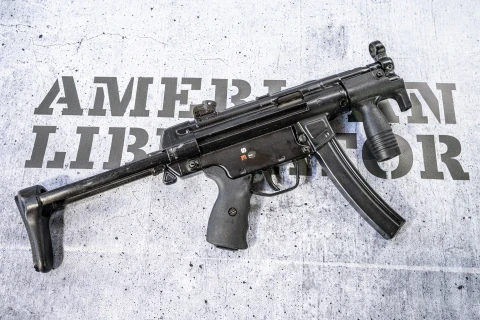
MP5k submachine gun
-
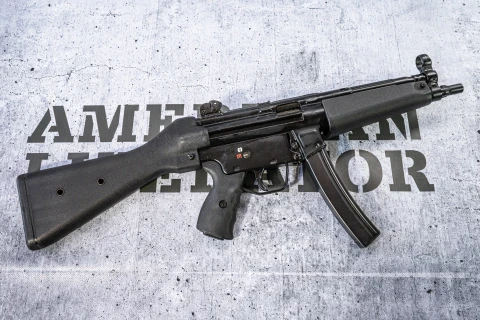
MP5 A2 submachine gun
-
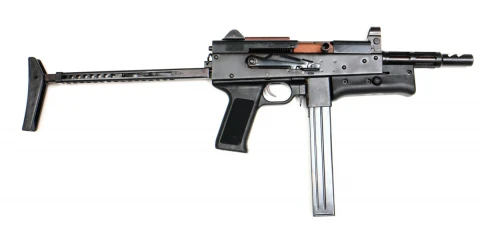
Cugir LP7 submachine gun
-

Kolarms PHOENIX submachine gun
You can find this weapon in these packages
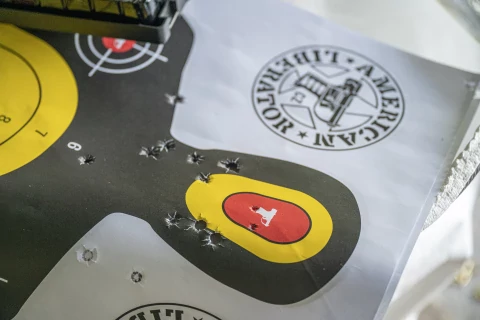
Custom Package
From 1 500 Kč
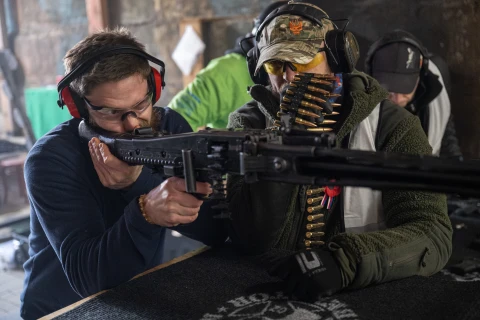
War Weapons Package EXCLUSIVE
3 899 Kč

Game and Movie Package BASIC
1 989 Kč

Game and Movie Package EXCLUSIVE
3 899 Kč
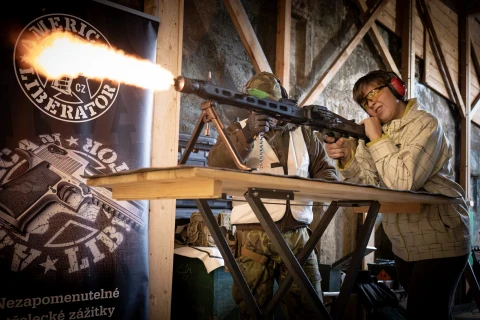
Long guns
2 699 Kč
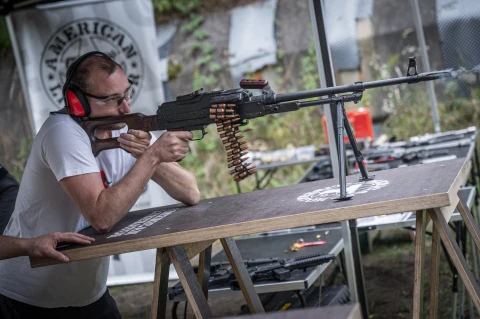
ALL INCLUSIVE Package: 70 Shots
2 990 Kč
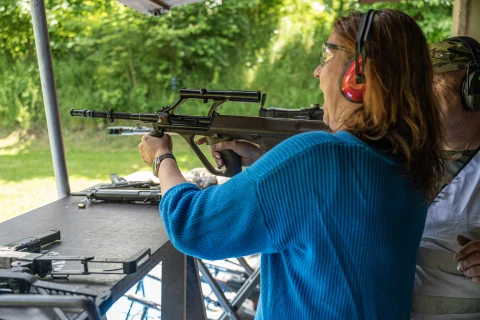
Exclusive Weapon Selection: 55 Shots
2 399 Kč

Exclusive Weapon Selection: 35 Shots
1 599 Kč

Basic Weapon Selection: 25 Shots
999 Kč
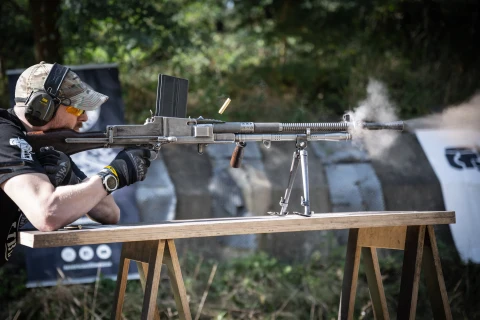
World War II Package
3 999 Kč

Best Czech Weapons
3 999 Kč
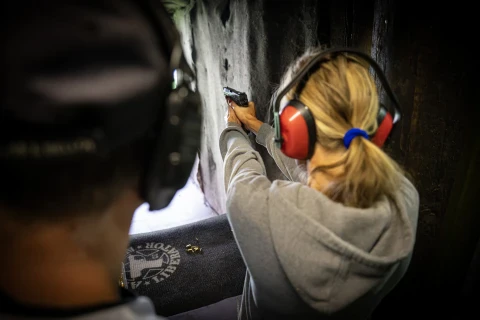
Try It Package
490 Kč
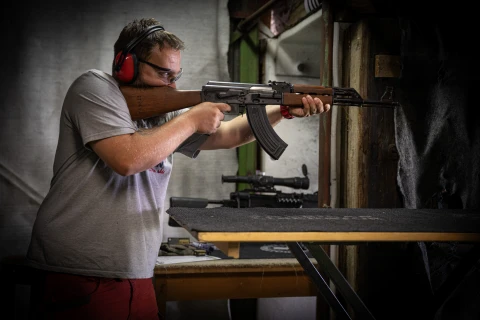
Start Package
690 Kč
Vilém Stehlík
27. 11. 2023
Byli jsme s přítelkyní a rodinou na střelnici AL a nemůžu zážitek dostatečně vynachválit. Ohromný výběr zbraní s mnoha raritami a profesionální přístup všech zaměstnanců udělal dojem na všechny zúčastněné, i na ty, co zbraně zrovna nemusí. Nedávno dokonce přítelkyně přišla s triky a i přes pár nedorozumění při nákupu a vyzvednutí (z naší strany hlavně), opět, naprosto profesionální přístup a trika skvělá. Příjemný materiál a moc povedený design. Doporučuji všema deseti komukoli, kdo má zájem o to, zkusit si něco nového a (oproti ostatním střelnicím) pořádného.
Jiří Veřmiřovský
22. 10. 2023
Perfektní komunikace a personál. Vše připraveno, nachystáno, skvěle vysvětleno. Vřele všem doporučuji.
Karel Syrovatka
24. 4. 2023
Zážitková střelba byla pro mě parádní akce. Velký výběr zbraní a skvělí instruktoři. Doporučuji.
Lukáš Křen
17. 5. 2023
Výborný zážitek! Oceňuji především velký a zajímavě seskládaný výběr zbraní obsahující i méně běžné a dostupné kusy - třeba střelba z kulometu ve mně zanechala silný dojem. Kvituji opravování mých chyb při držení zbraně a střelbě samotné ze strany instruktorů, kteří byli i ochotni zodpovědět mé dotazy co jak funguje, odkud zbraň pochází, jaká je její historie apod. Rád někdy zopakuji. Žádné zásadní nedostatky nebyly, možná jen aspoň trošku počítat s časovou flexibilitou, kdy jsem na své dráze dostřílel pistole, ale na vedlejší dráze s kulomety / puškami ještě dokončoval svou střelbu jiný klient.
Jana Tomeckova
27. 1. 2024
Skvělý zážitek, instruktor milý, vše vysvětlil, doporučuji a těším se příště
David Karasek
30. 5. 2023
Instruktoři odpověděli na všechny mé dotazy a vše co mě zajímalo vysvětlili a předvedli. Informace které jsem se zde dozvěděl, mě určitě ve znalosti zbraní posunuly hodně dopředu. Skvělé, určitě doporučuji.
Ernesto Salaz
12. 4. 2024
Velký výběr zbraní, včetně raritních kousků z druhé světové války. Přátelští a erudovaní instruktoři, kteří se postarají o vaší bezpečnost a odpoví i na všechny vaše dotazy. Byl sem velice spokojen.
wasp
31. 5. 2023
Luxusní přednáška o zbraních, děkujeme moc. Moc si toho vážíme že jste dojeli až k nám<3
Jiri Folta
10. 11. 2023
Kombinace profi a pratelskeho pristupu, individualni pristup ke kazdemu strelci, naprosto excelentni arzenal zbrani vcetne exotickych kousku, ze kterych si jinde nevystrelite jako napr Zastava M93 Black Arrow strilejici 50BMG. Rozhodne doporucuju!
František Jarmar
24. 4. 2023
Profesionální servis a poradenství při výběru zbraní i doplňků. Doporučuji! :)
Lukáš Coufal
24. 4. 2023
Výborný přístup, skvělá komunikace, velice přátelská atmosféra. Odbornost na úrovni. Skvělý zážitek pro každého zájemce o historii a fandu zbraní.
Houba II
24. 4. 2023
Velmi příjemný a akční zážitek, byli jsme překvapeni výběrem zbraní. Perfektí akce pro team building nebo adrenalinový dárek. Instruktoři příjemní a trpěliví. Neviděli jsme se naposled :o)






